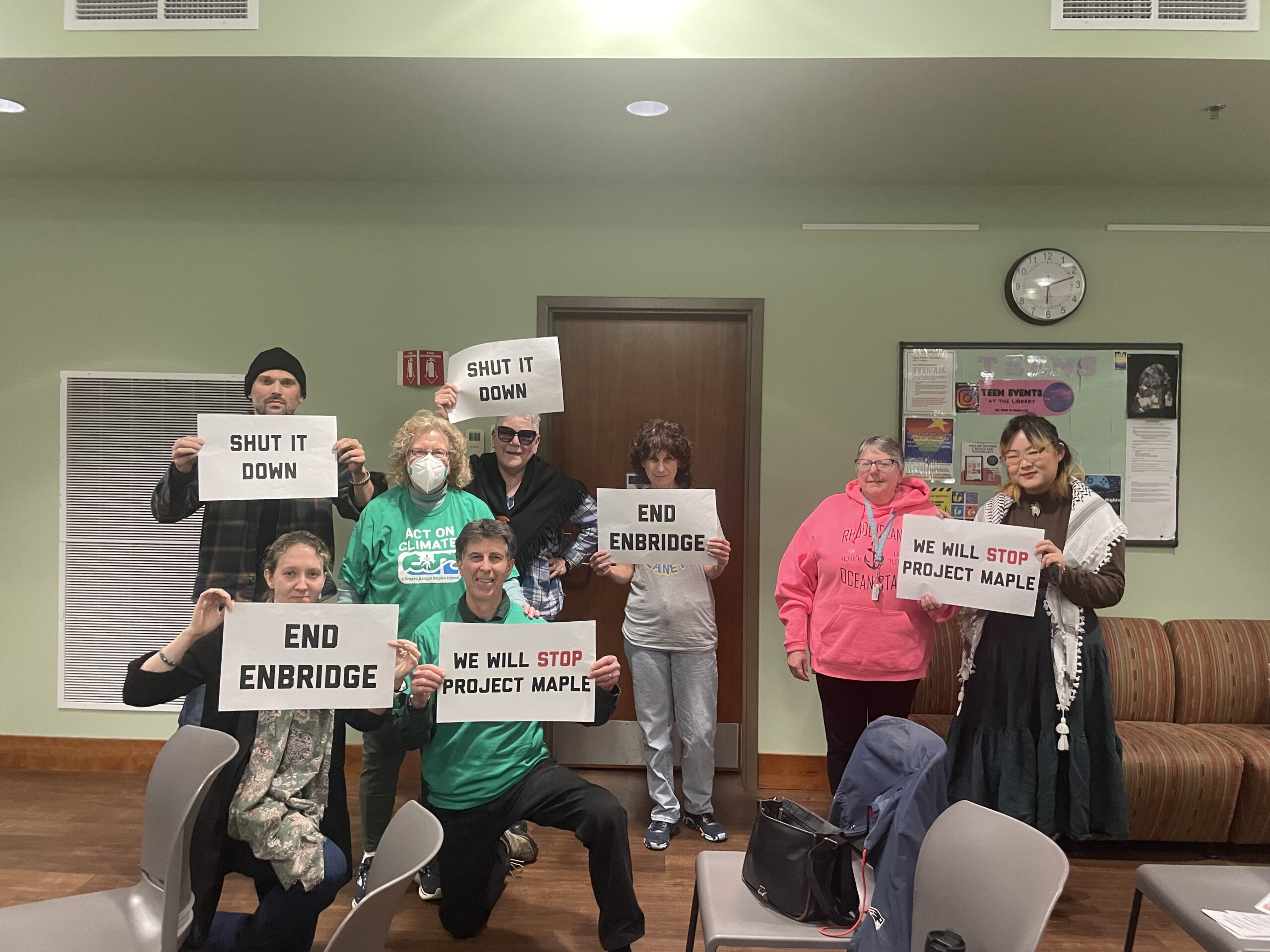Study: Nearby Solar Projects Less Likely to Affect Home Prices in New England
March 27, 2023
New England homeowners may be able to breathe easy about home values near solar projects, according to a new study.
An analysis published earlier this year by the Berkeley National Laboratory at the University of California found no statistically significant correlation in Connecticut and Massachusetts between ground-mounted solar arrays of at least 1 megawatt and decreases in the value of residential homes.
The analysis was part of a six-state survey that examined more than 1,500 solar installations and some 1.8 million home sale transactions in Connecticut, Massachusetts, California, North Carolina, Minnesota, and New Jersey. The study included 53% of all megawatt capacity from ground-mounted solar in the United States.
The study used home sale transaction data from January 2004 to September 2020, with information on solar installations through September 2020.
But the study’s conclusions weren’t universal. Minnesota, North Carolina, and New Jersey saw dramatic drops in home values following the installation of nearby ground-mounted solar arrays. Those states saw home values within a half-mile or less of solar projects decrease 4%, 5.8%, and 5.6%, respectively, compared to homes 2-4 miles away.
Data from all six states showed the average home sale price reduction for properties within a half-mile of a new solar project was 1.5%.
“If we look at predominant land use, we’ll see that it’s really only for [solar projects] that are on previously agricultural land where we see a statistically significant negative effect,” said Salma Elmallah, a graduate student research assistant and one of the study’s authors.
Solar projects built on existing greenfields, brownfields or mixed-use land types saw no statistically significant impact from project construction.
California, which accounts for at least 50% of the data analyzed in the study, had a negligible impact on its property values, similar to Connecticut and Massachusetts.
Solar installations have been a growing source of controversy in Rhode Island over the past decade. Developers maintain that it’s cheaper to put solar arrays on farmland or clear-cut forests as opposed to redeveloping an existing building or brownfield. The costs of getting a parcel site-ready for solar often includes hundreds of thousands of dollars spent on legal fees, permitting, and engineering, all before the first panel is laid in place.
Compared to spending only $15,000 per acre to clear a forest — less if the timber is sold — is minuscule. An estimated 69% of forest loss in Rhode Island is due to solar development, with 1,041 acres alone lost between 2018 and 2021.
Residents and community members, meanwhile, protest and bemoan diminishing green space and forestland as developers propose new projects. Town after town after town has frozen new solar development or passed restrictions steering such projects away from forest or farmland.
After years of haggling at the state level, for the first time this year a solar siting reform bill in the General Assembly has the support of environmental groups, labor unions, and developers. S0684 would ban state incentives for solar projects in areas designated as core forests — around 43% of the state — and lift the current cap on the virtual net metering program, allowing for more aggressive expansion of solar everywhere else.
The bills were heard in committee last week and held for further study.
The study’s authors emphasize the limitations of their analysis, noting that while they did find a correlation between lower home prices and solar installations in some states, their study of data did not provide a reason why. The study did not take neighboring community attitudes into the analysis.
“People are basically pricing their attitudes toward that local project,” said Ben Hoen, a research scientist at Berkeley and one of the study’s authors. “That attitude can be influenced by a variety of things. For example, the siting and permitting process itself, whether it was acrimonious or harmonious might matter in terms of how that property is affected by a nearby project. We don’t take that into account.”
Hoen said the work on solar installation impacts was just beginning; Berkeley Lab has a number of complementary research efforts underway, including a survey of solar project neighbors and attitudes, estimates on local economic impacts, and a study on local decision-making processes for projects.
Attitudes regarding solar could change in the future, after all. “Sure, changes to communities, such as a new mall or something else that goes in, might be seen initially as not necessarily beneficial and then people ultimately adjust to it and the effect goes out of the home prices over time,” Hoen said. “Those are all possibilities here.”
Categories
Join the Discussion
View CommentsRelated Stories
Your support keeps our reporters on the environmental beat.
Reader support is at the core of our nonprofit news model. Together, we can keep the environment in the headlines.
We use cookies to improve your experience and deliver personalized content. View Cookie Settings



